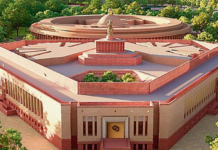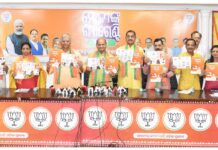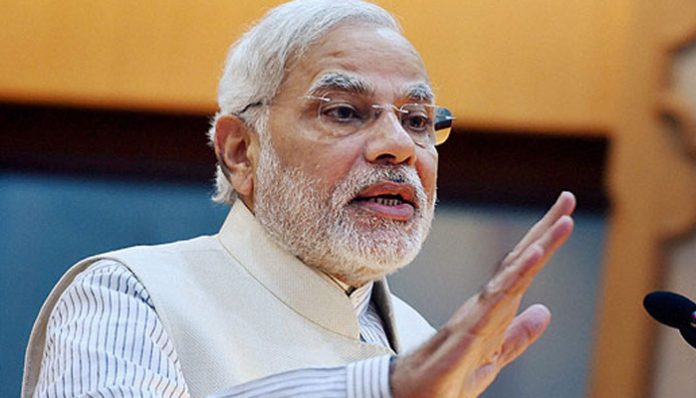The opposition’s victory in Kairana has also sent across a message that the mighty BJP may crumble before a united opposition in Uttar Pradesh, which with 80 seats decides the course of the politics of the country.
BJP, the ruling party of India for the last four years, has fared quite badly in the bye-elections held for four Lok Sabha and 10 assembly constituencies.The results of the elections, which were announced on May 31, show that BJP retained the Palghar Lok Sabha seat in Maharashtra, while its ally NDPP won the Nagaland Lok Sabha seat. However, the national party lost Bhandara-Gondia Lok Sabha seat to Nationalist Congress Party and Kairana Lok Sabha seat in Uttar Pradesh to Rashtriya Lok Dal.
Of the 10 assembly bye-elections, three went to Congress, three to BJP and its allies, two to Jharkhand Mukti Morcha, one each to Samajwadi Party, RLD, Trinamul Congress, Communist Party of India (Marxist) and NCP. Besides, Congress also won the RR Nagar assembly seat the polls of which had been postponed by the Election Commission.
However, the main highlight of the latest bye-elections is Kairana, where the BJP’s crushing defeat has shown its vulnerability despite its high decibel campaign to polarise the electorate on religious line. In 2014 general elections, BJP’s Hukum Singh had won the Kairana Lok Sabha constituency. As his death necessitated a bye-election, the BJP made his daughter Mriganka Singh as its candidate. But she lost to RLD’s Tabassum Hasan by a margin of over 50,000 votes.
In 2016, Kairana had come to sharp national focus after reports of exodus of Hindus from the city took communal turn. Hukum Singh himself had alleged that around 350 Hindu families had fled Kairana due fearing attack from Muslim neighbours. Several investigative reports said it was an exaggeration and people including Muslim migrated also due to economic reasons. During the campaigns also BJP leaders, including Uttar Pradesh chief minister Yogi Adityanath, raked up the issue of Jinnah but people obviously rejected it because for them “ganna (sugarcane)” was more important in the sugarcane belt of the state.
After defeat in Gorakhpur and Phulpur in March, the defeat in Kairana exposes projected grassroots organisational built up supposedly created by party president Amit Shah. Especially, Gorakhpur, which was being represented by Adityanath for years, and Kairana were actually the laboratories of hate by Hindutva groups. The results have shown that in the absence of real inclusive development, polarising the electorate on religious lines may not click in the general elections in 2019.
The opposition’s victory in Kairana has also sent across a message that the mighty BJP may crumble before a united opposition in Uttar Pradesh, which with 80 seats decides the course of the politics of the country.
After Uttar Pradesh, Maharashtra sends second largest contingent of 48 Lok Sabha members to Parliament. But the signals from the state are not good for the BJP. Losing Bhandara-Gondia Lok Sabha seat to NCP is definitely a setback to the party. On the other hand, it signals eventual unity between Congress and NCP. Though the win at Palghar is some saving grace, it has to be noted that the BJP’s victory margin came down to just 20,000 from 2.30 lakh, despite relentless campaigning by chief minister Devendra Fadnavis. It shows how a nagging ally, Shiv Sena, can damage Modi-Shah combine’s prospects in Maharashtra in 2019. Most of the TV news channels still talk of “Modi wave”. But the elections results in Gujarat, Karnataka and bye-elections amply demonstrate that the supposed wave may be on a downward slide, considering the NDA government’s failure on vital economic issues. Tough days seem to be ahead of the BJP, the way major political outfits like Congress, SP, Bahujan Samaj Party, TMC and RJD have started collaborating.








































